mdC
memoria digital de Canarias
2003 2023
mdC
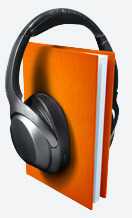
Descargar y escuchar, mientras hacemos otras cosas.
En cualquier parte y sin conexión.
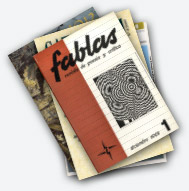
Publicaciones seriadas de Canarias de estimable valor y significativo contenido en el ámbito de la investigación y los estudios locales.
Ver colección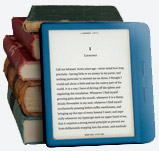
Los textos de ayer y hoy adaptados
para descargar y leer cómodamente.
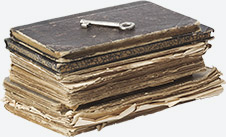
Memoria digital de Canarias (mdC) ofrece acceso a todo tipo de documentación impresa o manuscrita, gráfica y multimedia.
Textos Imágenes Multimedia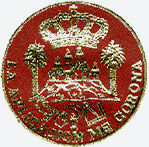
Archivo histórico de la Real Sociedad Económica de Amigos del País de Gran Canaria.
Ver colección
En el año 2004, don Jaime O'Shanahan Bravo de Laguna donó su archivo fotográfico a la Universidad de Las Palmas de Gran Canaria.
Ver colección
Presenta los materiales recolectados por Maximiano Trapero en las Islas Canarias referidos a la literatura oral.
Ver colección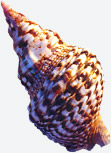
Recuperando el patrimonio intangible tradicional de la capital grancanaria, caracterizado por su pasado cosmopolita y aportación de culturas diversas.
Ver colección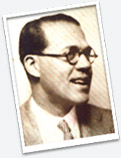
El archivo de este prestigioso arquitecto, está compuesto por más de mil proyectos que reflejan su actividad profesional a lo largo de su vida.
Ver colección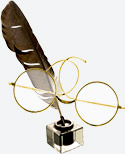
Vida y obra de este singular poeta teldense, una de las más detacadas figuras del modernismo poético canario.
Ver colección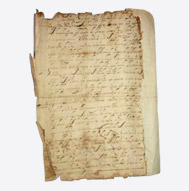
Digitalización y descripción de las 1176 actas, en 5701 imágenes, de las Juntas Generales (1694-1950) y las Juntas de Gobierno internas (1868-1947)
Ver colecciónmanuscritos
libros
artículos de revista
imágenes
audios
vídeos
Durante los pasados días del mes de abril se ha celebrado la veintitresava edición del Festival Internacional de Cine de Las Palmas de Gran Canaria, un referente mundial fílmico, de corte normalmente independiente y que engalana nuestra ciudad con artistas del mundo cinematográfico. Como cada año se ha celebrado en el Auditorio de Alfredo Kraus, al margen de la playa de Las Canteras, y ha contado con cineastas que han sido galardonados con diversos premios como el film ‘Matt and Mara’, de Kazik Radwansky, Lady Harimaguada de oro de la presente edición 2024. En la Biblioteca Universitaria de Las Palmas de Gran Canaria se dispone de documentación a este respecto como las digitalizadas en nuestro portal de cabecera en formato textual. Cabe destacar el título III Festival Internacional de Cine. Las Palmas de Gran Canaria de la edición desarrollada en el año 2002. Además de este libro disponemos de otros documentos sobre cinematografía realizada en las islas Canarias.
La Biblioteca Insular de Gran Canaria conserva el Fondo de música Orleans, una colección de casi cuatro mil partituras manuscritas e impresas del siglo XIX, pertenecientes a la Casa de Orleans en España y regentada por los Duques de Montpensier. Lothar Siemens Hernández fue el artífice necesario para que el Cabildo Insular de Gran Canaria adquiriese el fondo, señalando su importancia capital por la cantidad de manuscritos, los muchos impresos raros, las ediciones príncipe y encuadernaciones de lujo que contiene, incluyendo la obra de algunos de los mejores compositores de aquel tiempo como Pedro Albéniz, Antonio Luján, Ramón Carnicer, Barbieri, Iradier, Mariano Soriano, Guiseppe Verdi o Donizetti. Entre los documentos de nuestra biblioteca sobre este fondo musicológico está el vídeo documental Sonidos de Orleans realizado por la productora Muak Canarias y producido por CCA Gran Canaria-Centro de Cultura Audiovisual. Cuenta con audios en español, francés e inglés, además de entrevistas a reputadas personalidades expertas en la música, que nos explican la gran valía e importancia de estos documentos.
Como cada año se ha celebrado el día primero de mayo el Día Internacional del Trabajo, en conmemoración de las manifestaciones y las huelgas realizadas en Chicago por parte de comités anarquistas y diversas personas trabajadoras, solicitando la jornada laboral de ocho horas, dado que en esa época se realizaban extenuantes horarios de más de quince horas. Este hecho histórico aconteció en el año 1886 en plena Revolución Industrial. En nuestro archipiélago se ha celebrado como en cualquier parte del mundo y han sido muy variados los oficios que se han desarrollado a lo largo de la historia. En nuestro portal digital de cabecera se dispone de documentos a este respecto como la serie fotográfica Maspalomas: las raíces del progreso 1964-2004, los inicios de la zona turística… que atestiguan con imágenes en blanco y negro los inicios del sector turístico en el archipiélago. También el spot publicitario Igualdad para fomentar la equidad en la vida laboral.
El archipiélago canario presenta una gran biodiversidad de seres vivos contabilizándose cerca de 15.000 especies. En cuanto a la fauna, los invertebrados son el grupo de seres vivos más diversificado que vive en las islas. Destacan los insectos, que están presentes en todos los medios del archipiélago: el suelo, las rocas, las hojas, las flores, los árboles, los restos de materia orgánica, etc. Respecto a la flora, las plantas constituyen el grupo más numeroso, integrado por musgos, helechos, gimnospermas y angiospermas. Nuestra diversidad biológica aumenta en importancia teniendo en cuenta que muchos de estos seres vivos son autóctonos de Canarias, especies que solo viven en esta región del planeta. De hecho es la región de España que cuenta con mayor número de endemismos. En cuanto al material bibliográfico albergado por este repositorio documental, contamos con múltiples formatos como el multimedia, que ofrece audiovisuales y documentos sonoros sobre esta materia, concretamente de botánica y también para el estudio de la fauna.